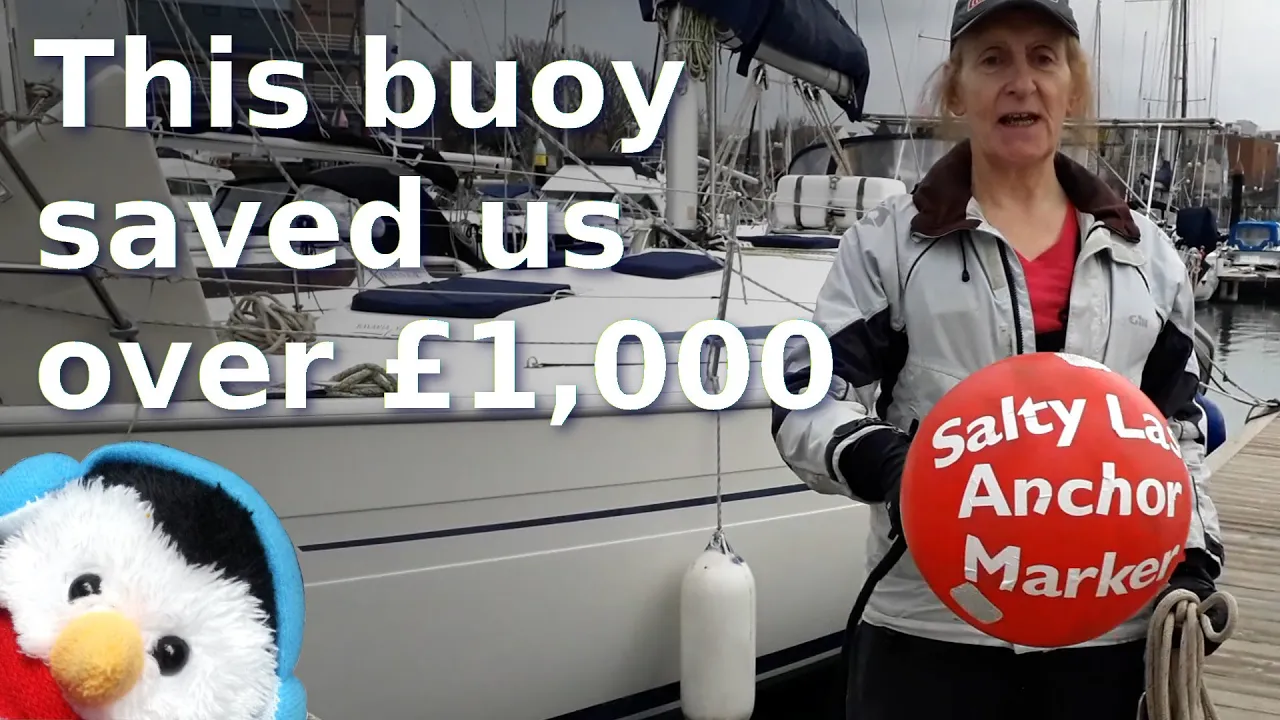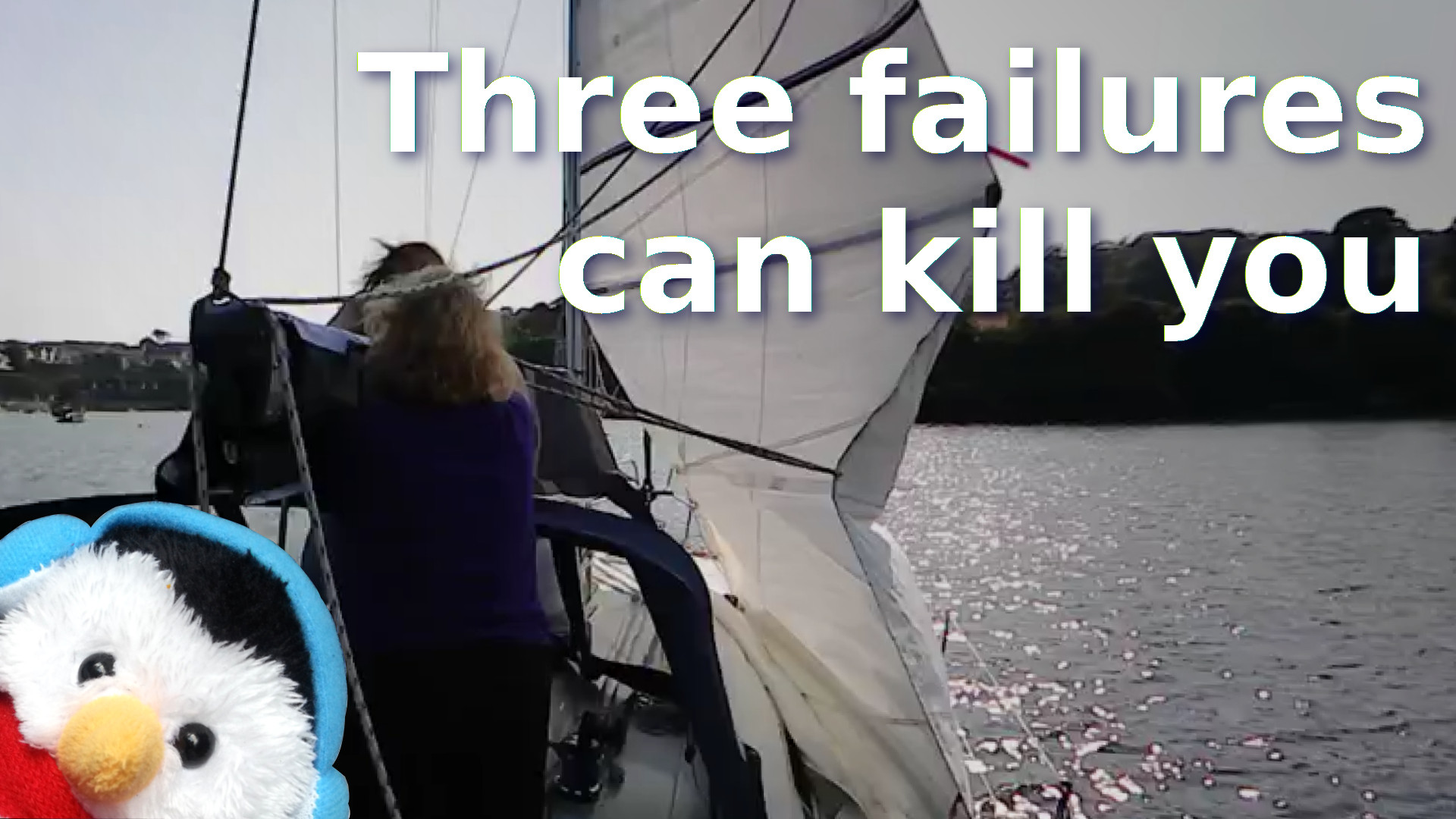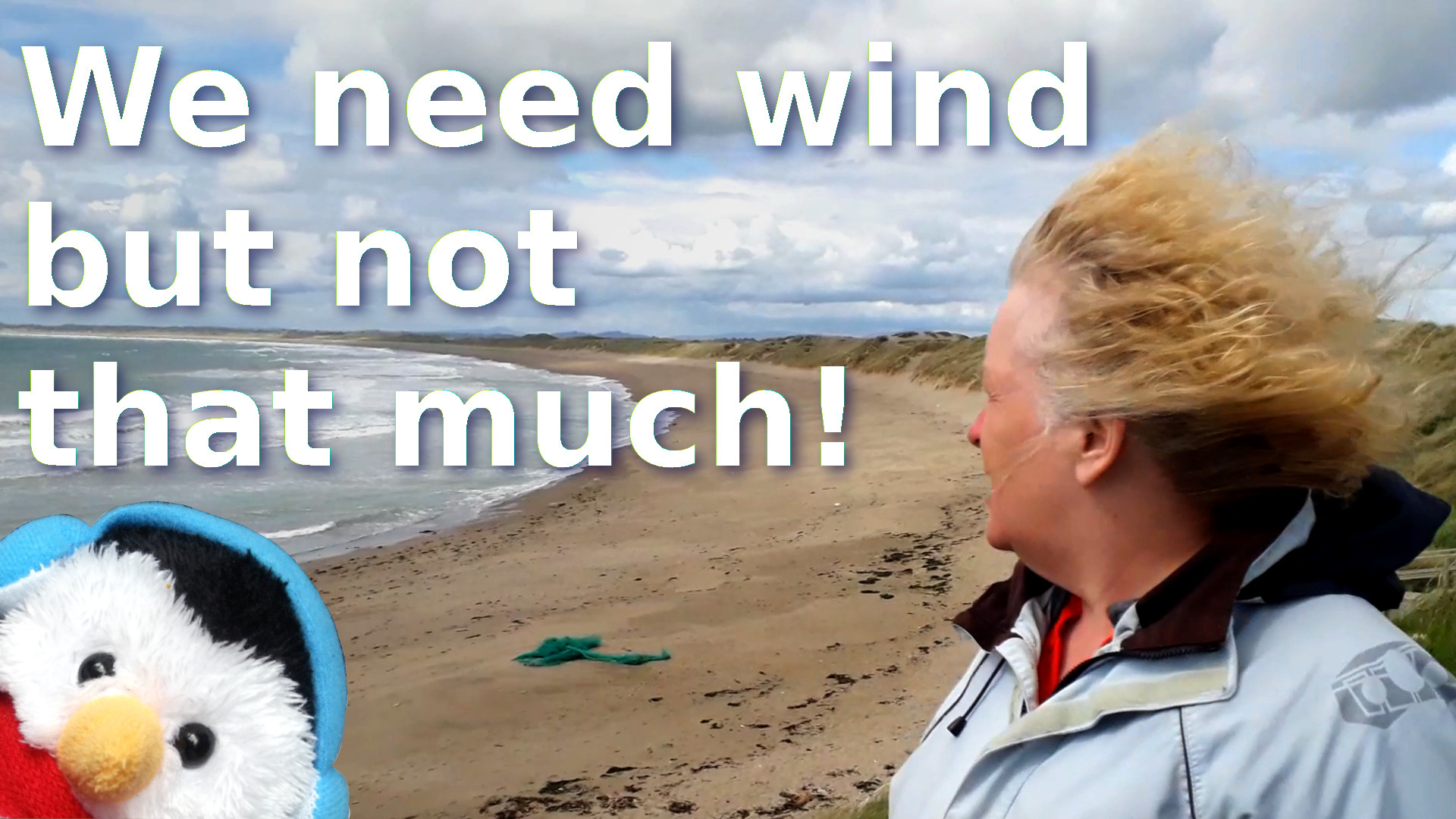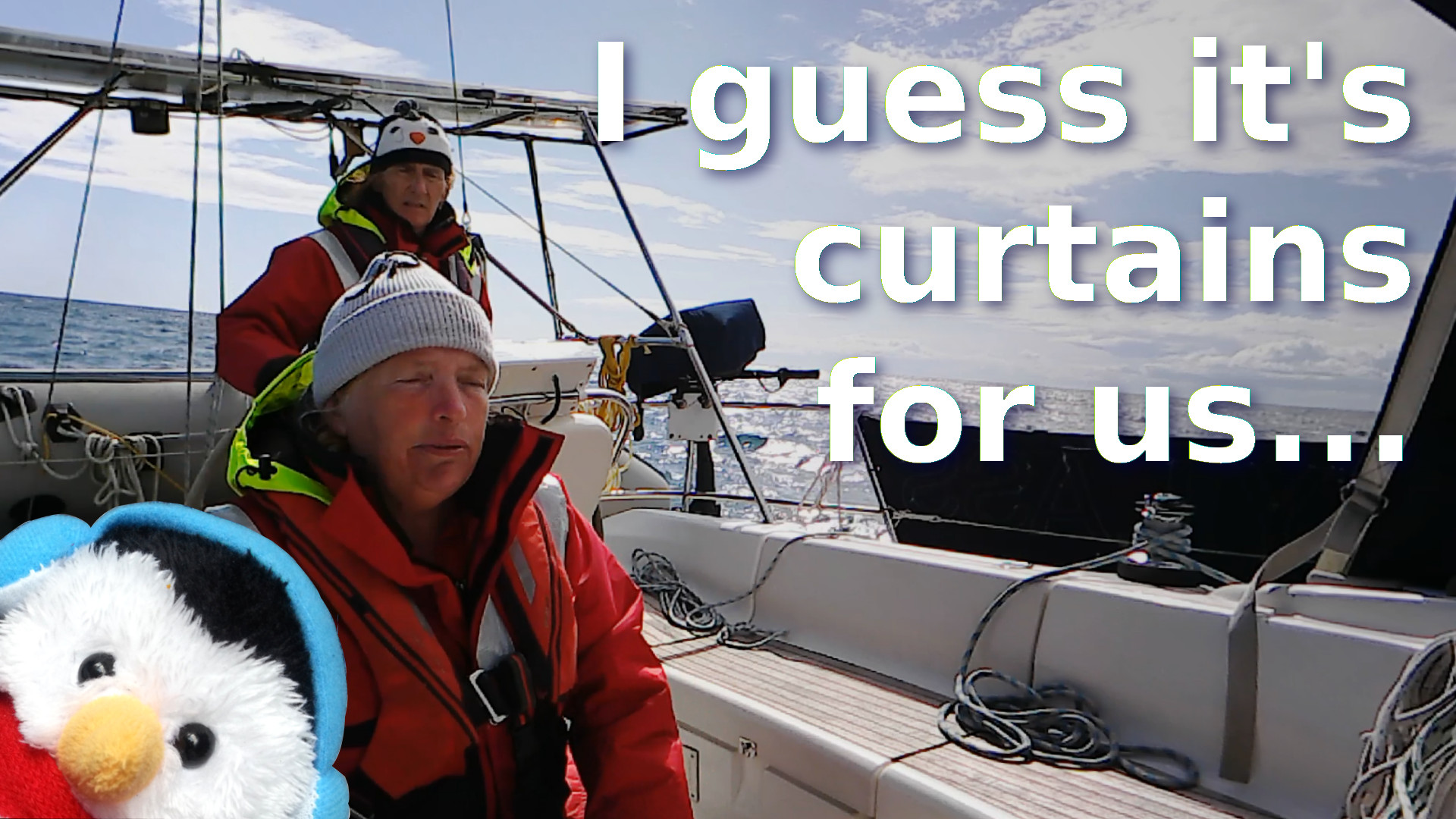Anchoring out is such great fun, you can get to places that are remote, interesting and beautiful. The other good thing about anchoring is the cost, with everywhere in the Scottish islands being free to anchor. When you do anchor there are lots of things that you need to think about and for Beverley the most important thing that we need to consider are
What's the bottom, What's the wind direction and how much swell is coming into an anchorage.
- Sea bed - Anchoring in sand or mud is preferred with weed and shale to be avoided. If you are having to anchor in a weedy bottom then if you can check it out on Google Earth or Bing. These can give you an accurate picture of what the shore bed looks like.
- Lee shore - For this you need to look at the wind direction, ideally you want to anchor so that the wind is coming from the land towards the boat. We wanted to go to St. Kilda and that has a lee shore for any wind with a Easterly component and seeing as we only had Easterly winds, that was the reason we didn't go.
- Swell - Think about the waves and try and find anchorages which have very little swell or are protected from the swell by islands or other obstructions
- Distance - When you drop your anchor you have a swing circle so it is very important that you make sure that there are no obstacles within that circle
- Keep your ground tackle in good order - We look at and maintain our ground tackle on a regular basis. For this we take the chain out of the locker every year and inspect it, we look at the shackles and replace then when required, if there is any issues with the chain then you can spray it with cold galvanic spray. The other important piece of equipment to maintain is your windlass, the oil in the windlass can get old and the brushes inside the windlass can get dirty, so knowing how to clean them is vert important.
- Tripping Line - If the bottom is a little bit sketchy, for example there could be weed, or old moorings on the bottom, then use a tripping line. We initially used a floating line, which resulted in a call to the RNLI, so not a good combo. Now we have line that sinks and coupled to that we have shackles that make sure that the line sinks. The other good thing about a tripping line is that you can see where your anchor is and more importantly, other people can see where your anchor is, so also consider a tripping line when you are in a crowded anchorage.
Dropping the hook
When we first dropped the hook, we were told by our previous owners to lay the chain out on deck and then drop it all at once. This is definitely the wrong way to do it. Beverley and I never considered this a good method because an accident was going to happen. Now what we do is drop the depth that we are currently at in a steady controlled manor, you can do this by using the controls to your windlass or you can use your manual controls so that the chain drops on a controlled manor. Once the anchor is on the floor, put the boat into a slow reverse, dropping the chain as you go, this will mean that the anchor is pulled so that it can dig into the sea bed and it will let the chin lie down in a straight line and not piled down onto itself. Once you have put down the required chain you can test that your anchor is set be putting the boat into reverse and if the anchor is set correctly, then the boat should not move. Once you are happy that the anchor is set, take your boat out of reverse. The boat then should be pulled forward by the chain. Turn your engine off and put the anchor alarm on.
The snubber
Next comes the snubber. The snubber is a stretchy nylon rope that is designed to take the shock loads from your anchor and put them onto your cleats, which are designed to take the load. Always drop more chain after you have added your snubber so that the shock load is on your snubber and not on the windlass.
Picking up the anchor.
Only pick up the chain or the chain and anchor when the chain is vertically down, this is really important when you are picking up the anchor by hand. If the chain is vertically down then you are only picking up the chain and you are not adding any other load to yourself or the windlass. When you are picking up the windlass and the anchor, if you are picking it up by hand then do use the mechanisms with the windlass to help you.













